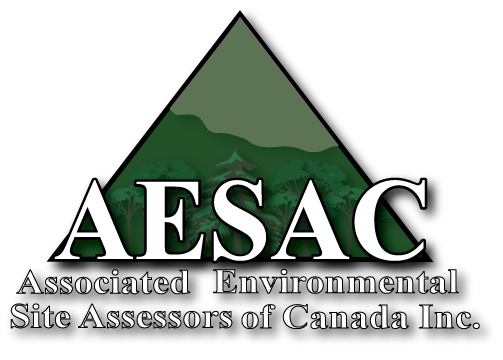In my last post I discussed Leaking Underground Storage Tanks (or LUST) and their associated environmental and financial liabilities. A properly conducted Phase 1 ESA should investigate the potential presence or likelihood of storage tanks at a Site. Historical records can help uncover evidence of storage tanks, including: Fire Insurance Plans that graphically illustrate the location of historical tanks; City Directories which may list prior occupants such as service stations and fueling facilities; Site Plans and Building Permits may describe the installation a tank. Other private databases such as EcoLog ERIS provide records of Private or Retail Storage Tanks and spills. In addition to historical records, information requests can be made to regulatory agencies such as the Technical Standards and Safety Authority (TSSA) in Ontario, and the Petroleum Tank Management Association of Alberta (PTMA). However, as with any records review, the information obtained is only as good as the data that was input originally; and some records may be inaccurate, out-of-date or limited in scope.
Prior Site reports completed by previous site assessors may include observations or conclusions regarding tanks; however one must be careful in relying on third party reports, which may be incomplete, incorrect, or limited by disclaimers. I recall one client who provided an ESA report stating ’no fuel tanks have ever been present as the Site buildings are heated by natural gas’. During inspection of the 1930’s era apartment complex, several highly visible vent and fill pipes were observed, none of which were noted in the prior ESA report. As a result, significant and costly investigation, excavation and remediation were required to address the extensive contamination from the four (original) leaking oil USTs that we found to be still present at the property.
Other indicators that storage tanks may have been present include: old piping; patched holes through walls; remote fuel dispensers, gauges, monitors or fill pipes; areas of cut/patched pavement or depressions or mounding at ground surface; or evidence of prior investigation or remediation (boreholes, monitoring wells, treatment systems). Some clues may not be readily apparent especially if there are structures, debris or snow to limit visual inspections. Fuel supply and maintenance records, where available, can also provide valuable clues. At one site, during the site inspection, it was observed that company staff from the 1950’s through to the 1970’s had written the date and quantity of each fuel delivery on the wall of the furnace room.
Interviews with current and past owners/occupants can be helpful, although recollections can sometimes be faulty. For example, a borehole we advanced at a reportedly removed UST location struck a buried gasoline tank; although the owner swore he was present at that exact location to personally witness the tank removal and the underground locates were all clear. The subsequent removal of this UST and impacted soil encountered two additional leaking tanks, as well as a recent natural gas service line installed directly through the buried tank nest.
The suggestions listed here are by no means a comprehensive or detailed list of options, and there can often be enough uncertainty to warrant a geophysical survey and/or subsurface investigation. If you suspect a leaking underground storage tank may be present at your property, contact a qualified environmental consultant and experienced remedial contractor for professional guidance.
Originally published by AESAC as “The Instructor’s Blog” in May 2015




